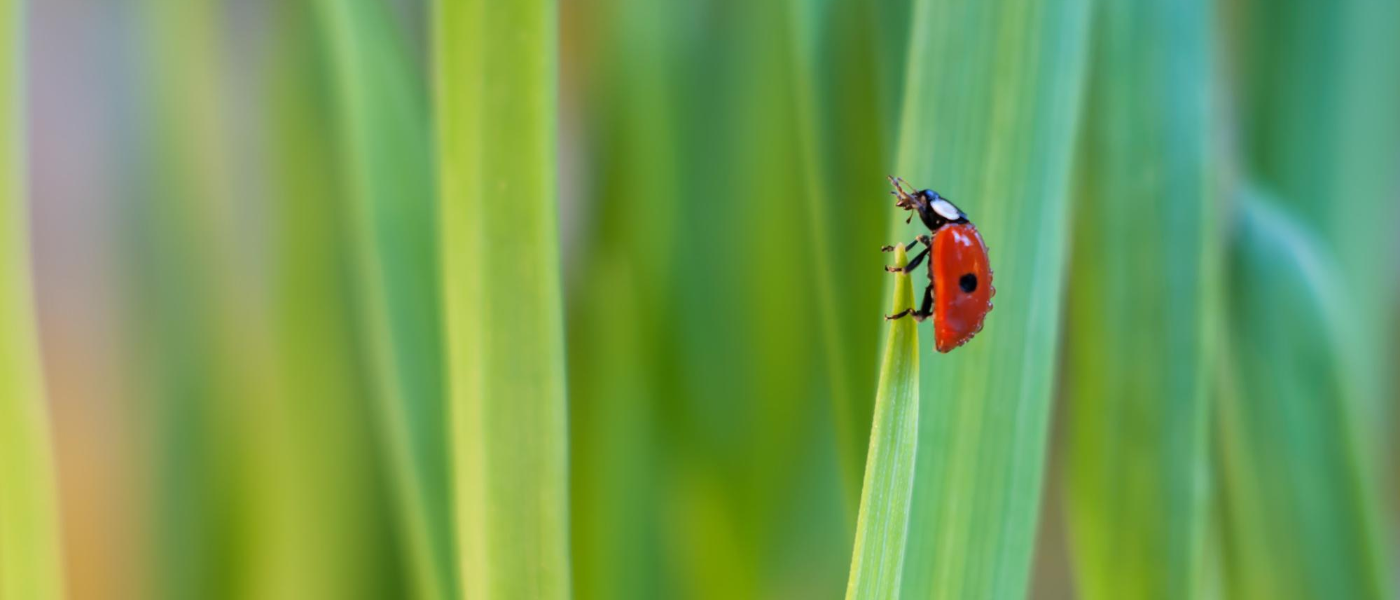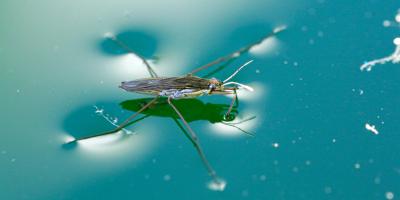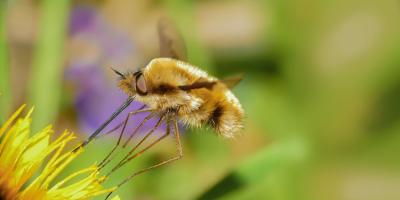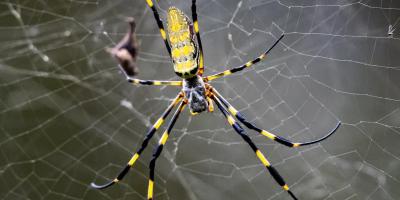Spot the Difference Between Ladybugs and Lady Beetles

Some people believe ladybugs to be a sign of good luck, but what they may not realize is ladybugs’ copycat cousins, Asian lady beetles, are nothing but bad news. Unlike ladybugs, these cute polka-dotted invaders leave a trail of destruction, plaguing homes and annoying pets.
And the worst part is, because they bear such a similar resemblance to their fortune-bearing kin, infestations often go untreated until the damage is already done.
The Asian lady beetle is relatively new to the United States. It hails from China, Russia, Korea and Japan, with the first field populations discovered in North America in Louisiana in 1988. They are particularly fond of warmth, so as the outside temperature shifts down the thermometer, Asian lady beetles transition indoors, infesting homes and buildings. Like moths, they are drawn to bright lights, believing them to be a heat source.
The Good, the Bad, and the Spotted
Ladybugs are known as “beneficial insects.” Many gardeners purchase the native, harmless creatures to keep aphids, mealy bugs and spider mites from overrunning and ruining their gardens. Moreover, ladybugs don’t bite humans, and their numbers don’t multiply to outrageous proportions.
Not so for the Asian lady beetle.
These invasive pests can quickly take over a home. When they feel threatened they secrete a foul-smelling yellow substance from their leg joints known as “reflex bleeding;” which, although not particularly dangerous, can trigger mild allergic reactions. They harm pests by taking up roost in their mouths, which causes a burning sensation for the animal and usually requires manual removal.
ID with an ‘M’
Asian lady beetles look nearly identical to ladybugs except for a few subtle differences, and one telltale sign. First, lady beetles are slightly larger than typical ladybugs. Both species are red with black spots, but the lady beetle has some variation in shade from red to orange.
The easiest way to identify the lady beetle, however, is by a black M-shaped mark on the beetle’s back, just behind the head, surrounded by white. On a ladybug, these markings are nearly totally black, save for one white spot on either side of the head.
Out, Darn Spots!
The best way to combat the Asian lady beetle is, as always, preventative maintenance. In other words: Keep them outside, especially in late August or early September when the weather is still warm. Once there’s a chill in the air, just like us, the Asian lady beetle seeks milder climes.
Make certain all screens, doors and windows are sealed properly. Pay particular attention to chimneys, vents, siding, utility wires, and any other route these pests could use to gain entry to your warm abode.
If you do find yourself in the midst of an Asian lady beetle invasion, you can sweep or vacuum them up, just be sure to empty the bag immediately outside where they belong.
Worried about lady beetles bringing their “night out” into your home? Bring in the professionals to crash their party. See what to do about these and other pests that are driven inside by the dropping temperatures by requesting a free quote.



